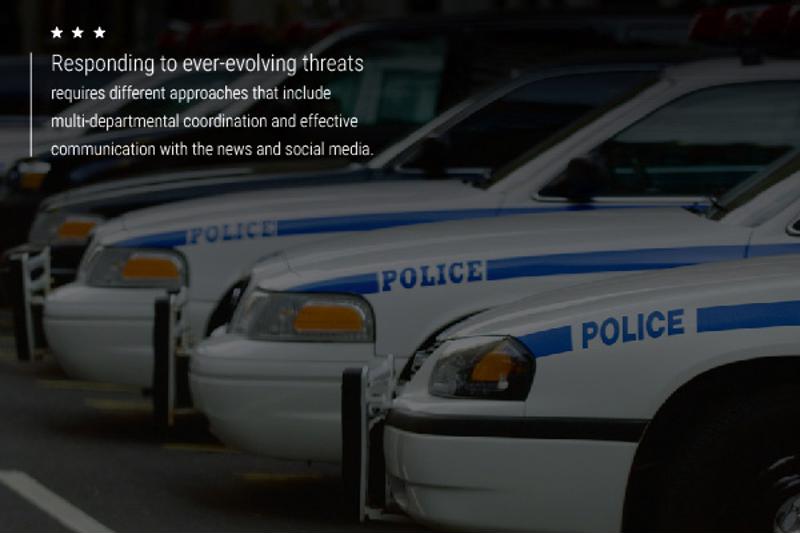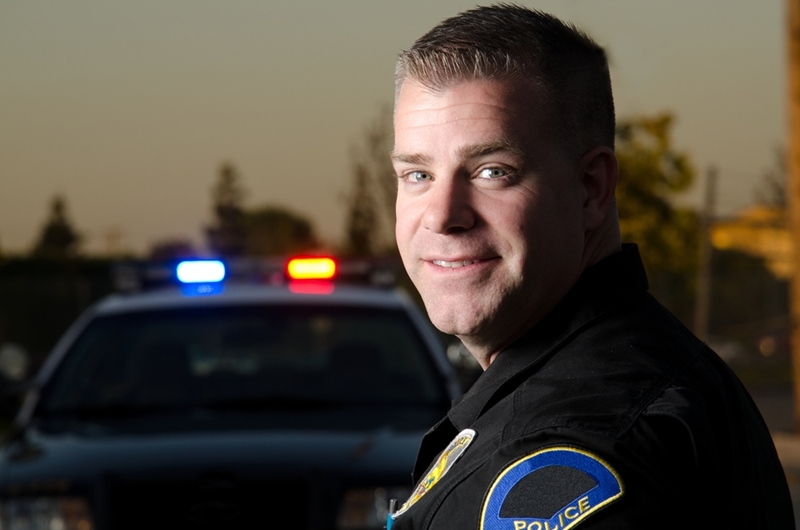First responders rely on their bravery and their emergency response protocols to manage crises and mitigate problems following a tragic incident or natural disaster. These emergency response protocols must be updated regularly to ensure they account for changes in technology, best practices and other shifting factors. This is especially necessary as new risks emerge, such as mass shootings and bombings. Responding to these threats require different approaches that include multi-departmental coordination and effective communication with the news and social media.

The potential for miscommunication
A recent incident in Arroyo City, Texas, highlights the need for first responders to ensure they have updated and comprehensive emergency response protocols, according to ABC-affiliate KRGV.com.
Someone made a call to the Cameron County Sheriff's Office requesting help for a man suffering from a heart attack in Arroyo City. The dispatcher transferred that call to first responders in Los Fresnos, another city in Cameron County, before it went through to the Harlingen police. A representative from that office rerouted that call to the South Texas Emergency Care foundation, the emergency response team for EMS calls in Arroyo City. Arroyo City Volunteer Fire Department Chief John Whelan spoke with KRGV about the incident.
"Even minor delays in responses can be the difference between life and death."
"It took an extended time to get a hold of the correct medical response team to come out, whenever they did notify them, we were notified within minutes," said Whelan. "But it took a few extra minutes to notify the ambulance so that they could notify us to respond."
While it only took 12 minutes in total to activate the proper community response team, this extra time can be the difference between life and death. In light of this event, Whelan said different community emergency response teams in the area are setting up training courses for additional certification as well as upgrading communication efforts between departments.
Implement regular EMS reviews
As threats of active shooters and terrorist attacks unfortunately become more common, community emergency response teams must perform regular EMS reviews and ensure first responders are properly trained to handle these risks.
During these regular EMS reviews, response teams should factor in how to address the evolving nature of potential threats. For instance, as noted by EMS1.com, protocols for a bombing at a mass gathering should include:
- Assess and treat blast injuries.
- Anticipate and respond to secondary devices or shooters.
- Determine which EMS handle and transport the most severe injuries.
- Track patients and other injured individuals.
- Maintain future readiness for mass gatherings.
For larger threats, first responder teams should consider setting up incident command systems (ICSs) to be able to answer multiple coordinated attacks. Based on the emergency response coordination model developed in 1970s to implement organized and controlled responses from a centralized position, ICS helps in both near- and long-term field-level operations, according to the Federal Emergency Management Agency.
The role of communications and social media
In addition to regularly reviewing EMS protocols to ensure they're up-to-date, community emergency response teams should organize risk communications and social media crisis strategies, according to EfficiencyGov, an independent information service provider.
The ubiquity of always-connected devices means first responders need to have a strategy in place to effectively communicate statements and information. Social media offers the ability to quickly disseminate instructions and messages, as well as clarify any incorrect news floating around.
As threats continue to evolve, first responders must remain diligent in updating their emergency response plans to ensure they have protocols in place to handle the ever-changing nature of risk assessment and response.

